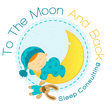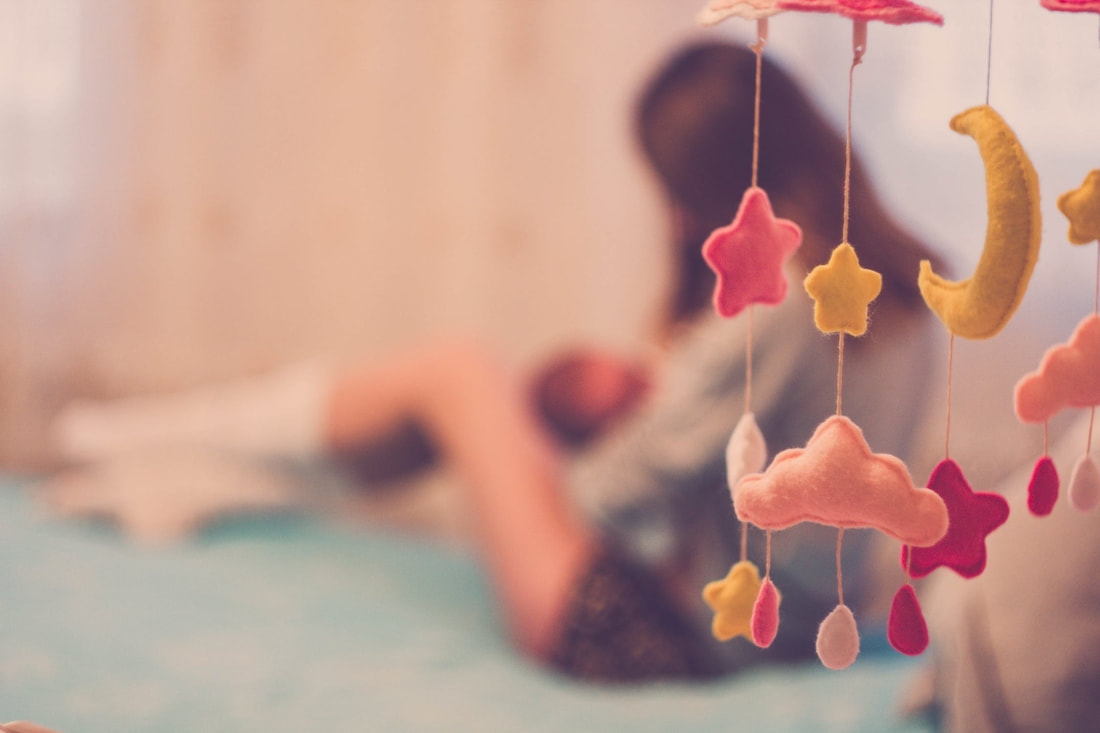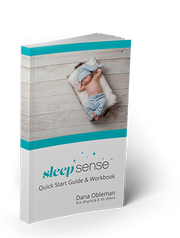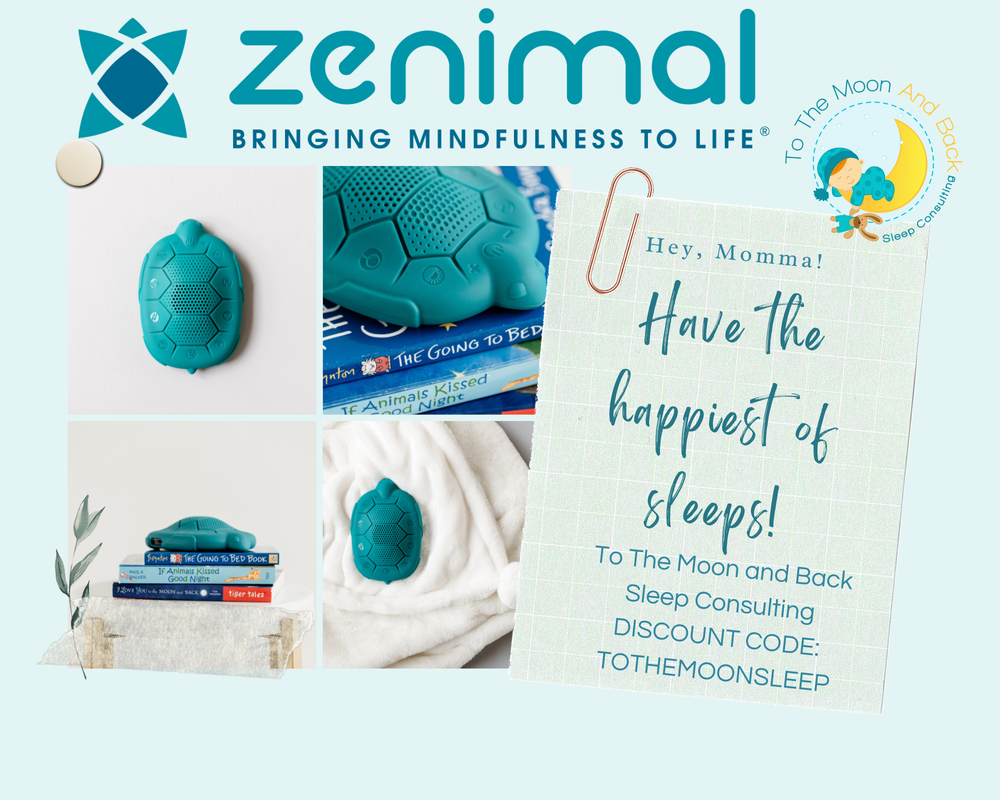|
In adults, we’re most likely to dream during rapid eye movement (REM) sleep, although dreams can happen during other sleep stages, too. This REM sleep may even start before birth: Brain waves that closely resemble those found in REM sleep have been measured inside the womb between 25 and 28 weeks. Since babies spend about half of their sleeping time in REM sleep, some researchers think it only makes sense that they are having some form of dreams. On the other hand, some scientists say that babies are not developmentally capable of the kind of abstract thinking (including the ability to imagine things visually and self-awareness) you need to have dreams.
If babies do dream, their dreams probably won’t have the rich visuals and interactions with other characters that adults have when they dream, says Zadra. “Their dreams are probably very similar to what they experience when they’re awake because they have a preverbal form of consciousness,” he says. “It may be a collection of sensations, whether it’s warmth, suckling on a breast or images of a close-up face.” Just as an adult processes the previous day when they sleep, so does an infant’s brain—it’s just not as advanced yet. |
To The Moon and Back Sleep ConsultingProviding families the tools & support they need to get their little ones sleeping through the night and napping like champs! Everyone has more fun when they are well rested! Visit Wollino - Discount Code: TOTHEMOONANDBACK10
Browse
All
|
All information provided on this website, including texts, images, and other materials, are for informational purposes only and should not be considered a replacement for assessment or treatment by a healthcare provider.
© COPYRIGHT 2016-2024 TO THE MOON AND BACK SLEEP CONSULTING. ALL RIGHTS RESERVED. WAKING GIRL WEB DESIGN
© COPYRIGHT 2016-2024 TO THE MOON AND BACK SLEEP CONSULTING. ALL RIGHTS RESERVED. WAKING GIRL WEB DESIGN







 RSS Feed
RSS Feed








